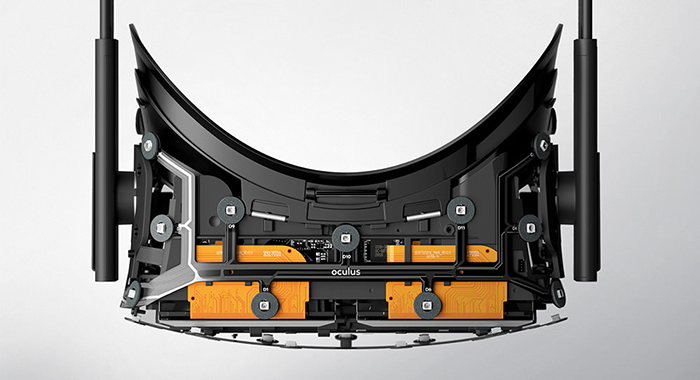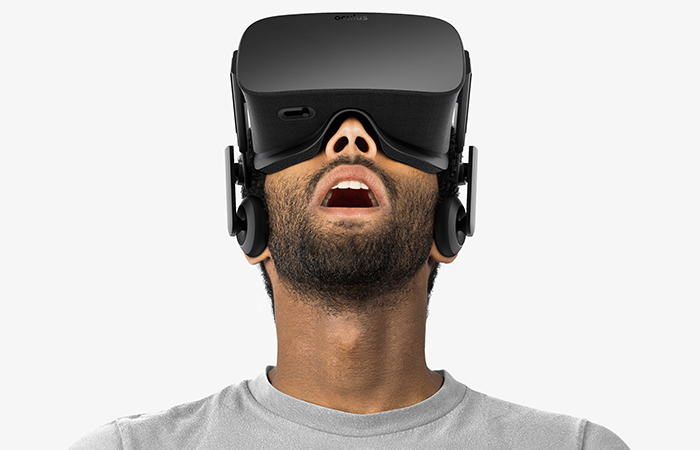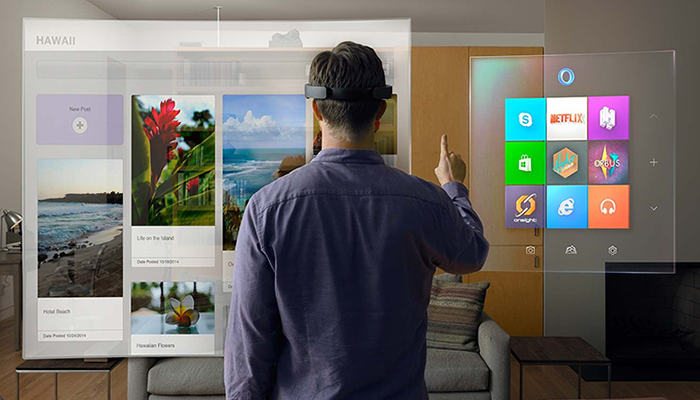Our Aim
To provide you with an overview on New And existing technologies, hopefully helping you understand the changes in the technology. Together with the overviews we hope to bring topical issues to light from a series of independent reviewers saving you the time And hassle of fact finding over the web.
We will over time provide you with quality content which you can browse and subscribe to at your leisure.
TekSpek 's

Virtual Reality
Date issued:
Has there ever been a better time to be a gamer? Today's latest graphics hardware is more powerful than ever before, and emerging technologies such as DirectX 12 and virtual reality headsets are now firmly on the horizon. In this TekSpek, we'll discuss what virtual reality is, how it works, who the main contenders are, and why the technology could change the face of gaming forever.
What is a virtual reality headset?
If you're even remotely interested in technology, you can't have escaped the hype surrounding virtual reality. You've probably already seen a variety of different headsets, and if you're lucky you may even have had an opportunity to try one for yourself. If not, here's a quick refresher on what a virtual reality headset actually is.
Designed to simulate an artificial, or virtual, world, a VR headset creates a computer-generated 3D world and effectively tricks your brain into believing it exists all around you. We aren't talking Star Trek Holodeck levels of immersion, as there are some very real limitations, but the technology remains impressive nonetheless and the virtual reality hype is perhaps warranted.

Unlike 3D, which presented a three-dimensional image in front of the viewer, virtual reality creates entire worlds that surround a user and allow for interaction. The level of interaction is by and large tied to the hardware, with many of the upcoming headsets including tracking technologies such as gyroscopes, accelerometers and LEDs monitored by external cameras. Ultra-precise monitoring of head movement allows for the user to freely look around and explore virtual worlds with seemingly limitless potential.
Ever wanted to see if you could return a Roger Federer serve? Fancied walking among dinosaurs? Or how about learning the pros and cons of a crowbar from Gordon Freeman himself? Such things could be made possible through the computer-generated worlds of virtual reality.
How does it work?
The trick, quite literally, is to fool our brains into seeing and believing a world that doesn't actually exist. In order to make this miracle happen, virtual reality headsets typically rely on a pair of small LCD displays, one for each eye. The images displayed create a stereoscopic effect, giving the illusion of depth in a manner not too dissimilar to the 3D content you've probably already experienced.
But there is a big difference between 3D and virtual reality. When you're watching a 3D movie, for example, turning your head left or right will take you past the edges of the screen and break the feeling of immersiveness. In contrast, virtual reality headsets utilise high-performance computers to calculate and generate new pictures as you move. Turn your head and the image will just keep on going, putting you in a 360-degree space of computer-generated wizardry.
Hasn't this been done before? Well, yes, you might remember devices such as the TommyTronic3D and Nintendo's Virtual Boy, but advancements in technology make the upcoming crop of virtual reality headsets an altogether more compelling proposition. For starters, the quality of the displays positioned in front of your eyes has been improved dramatically - the panels we'll be seeing in initial headsets will feature much higher resolutions, far greater clarity and a wider horizontal field of view, which is a key element in this particular usage scenario.

Other technology enhancements enable precise tracking of even the tiniest head movement. Through the use of gyroscopes, magnetometers, accelerometers and infrared LED tracking systems, the latest headsets can poll up to 1,000 times a second to monitor every move you make. There's also the prospect of 3D spatial sound further enhancing an already-immersive environment, and perhaps most importantly of all, we now have the technology to create truly detailed 3D worlds.
Game developers are already showcasing what's possible in virtual reality with believable environments, and in order for the image to appear more natural, a minimum framerate of around 60fps is required to prevent users from experiencing stuttering that may ultimately lead to feelings of motion sickness. At least 60fps, on two screens, at high resolutions? Such a feat would have been out of reach just a few years ago, but today's graphics hardware may well be able to cope with the demands of a high-quality virtual reality experience, and some manufacturers are already targeting 120fps as the minimum standard.
Who's making it happen?
With the level of interest surrounding virtual reality, it's no surprise to find that there are numerous manufacturers vying for your attention. The most prominent is arguably Oculus, whose upcoming Rift headset is already on the way to becoming a household name. Originally launched as a Kickstarter campaign, Oculus Rift was acquired by Facebook in 2014 at a staggering cost of $2bn and is now scheduled to launch in Q1 2016.

Touting a 2,160x1,200 resolution (1,080x1,200) per eye and a 90Hz refresh rate, the Oculus Rift promises precise head tracking and high-end gaming potential via a bundled Xbox One controller. Pricing remains an unknown quantity, but the Rift is without a doubt one of the headsets to keep an eye on.
In what's shaping up to be a fiercely contested market, Rift won't be alone and will face stern competition from a range of impressive headsets that include the HTC Vive, Sony's Project Morpheus, Razer's OSVR and the Microsoft HoloLens. Attempting to stand out from the crowd, Microsoft's headset swaps virtual reality for augmented reality, meaning computer-generated images (holograms) are projected into the real world. Yep, we are talking Minority Report levels of sci-fi.
Is it really the future?
Virtual reality is being heralded as the next big thing in PC gaming, and it's clear to see why: the technology has the ability to create immersive environments unlike anything we've experienced before. And it isn't just gaming that virtual reality is looking to revolutionise, as other usage scenarios include virtual training simulators, virtual tourism, creative exploration, mental therapy, and of course movies that are experienced and not just seen.

There's plenty of ambition, but a couple of key question marks remain. Will consumer virtual reality headsets be affordable enough to attract the mainstream, and will developers and content creators invest the time and resources required to create truly memorable experiences? Only time will tell, but it's exciting to know that the answers are now just around the corner.